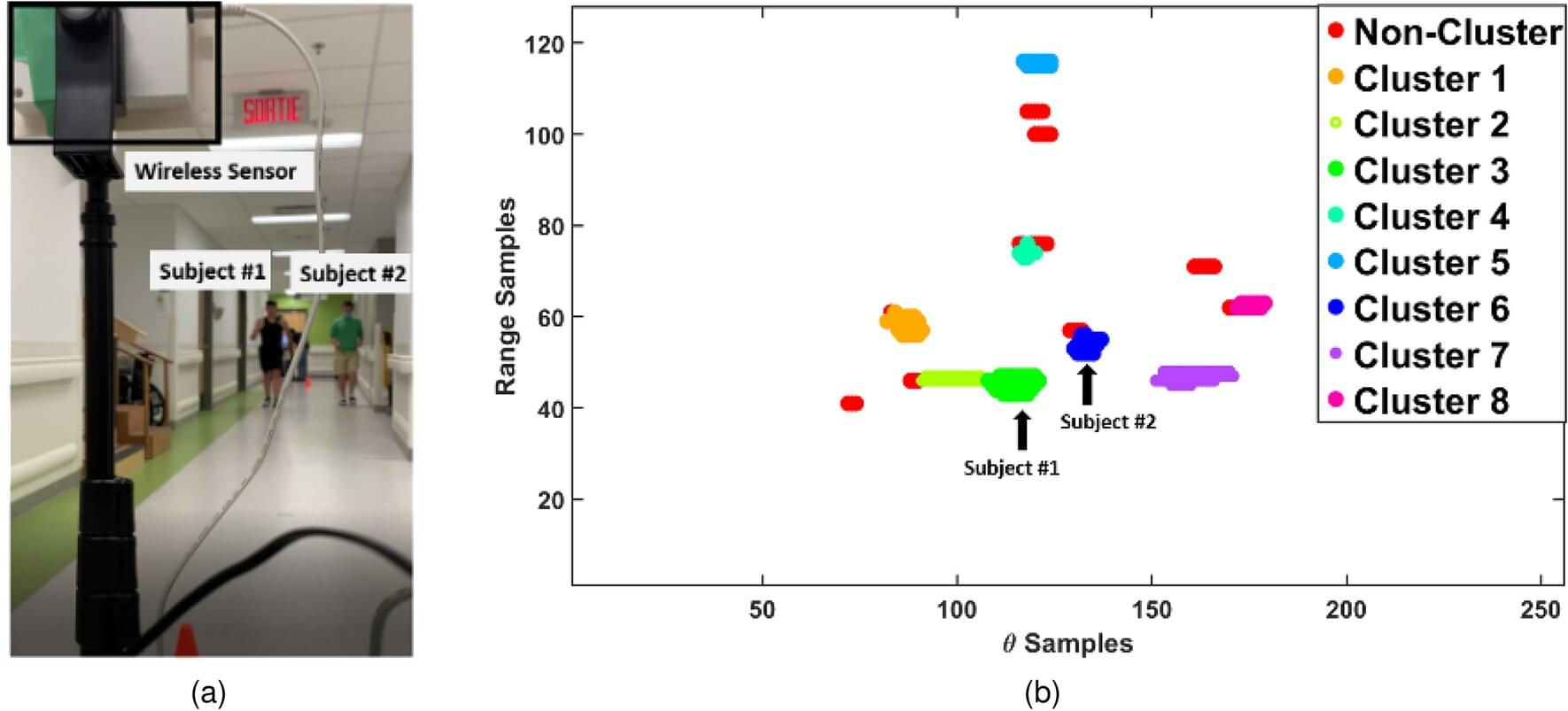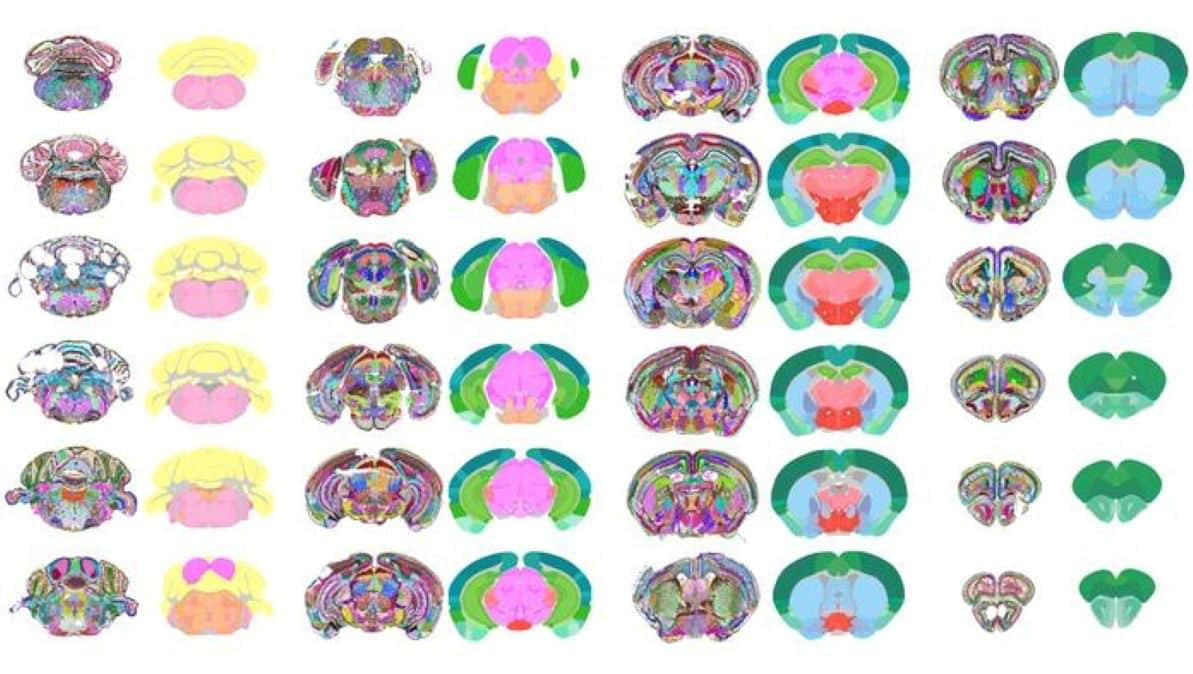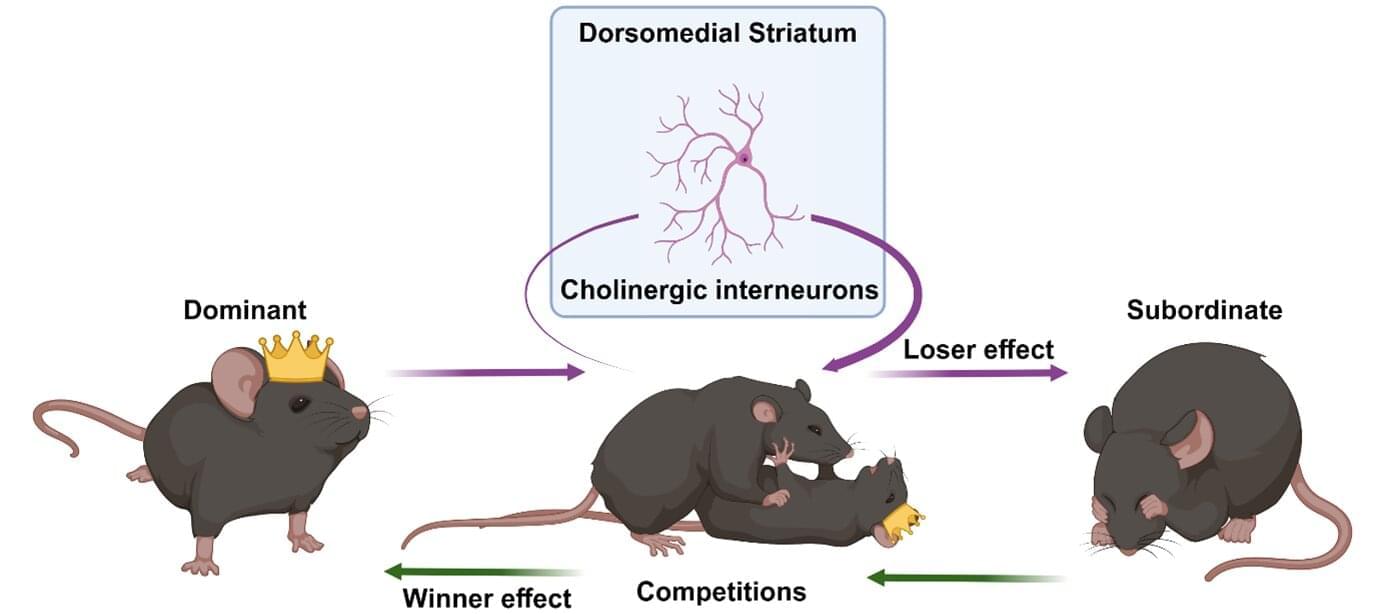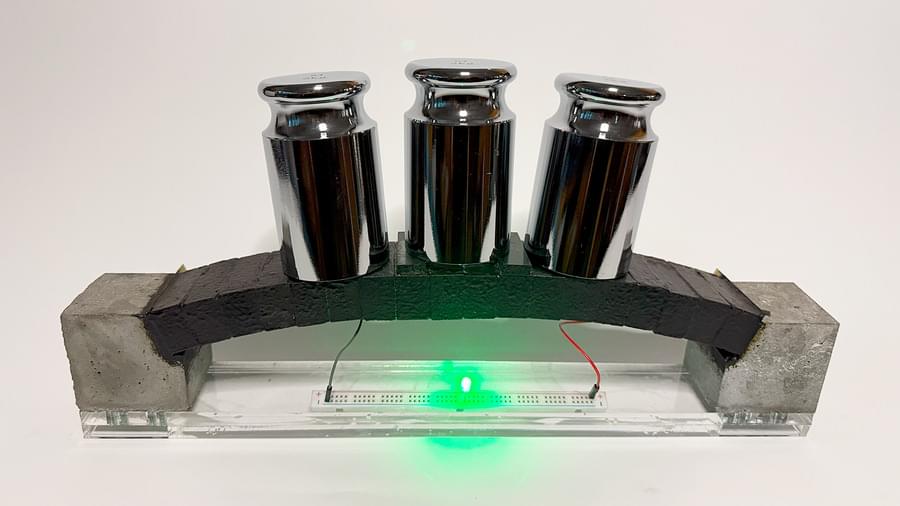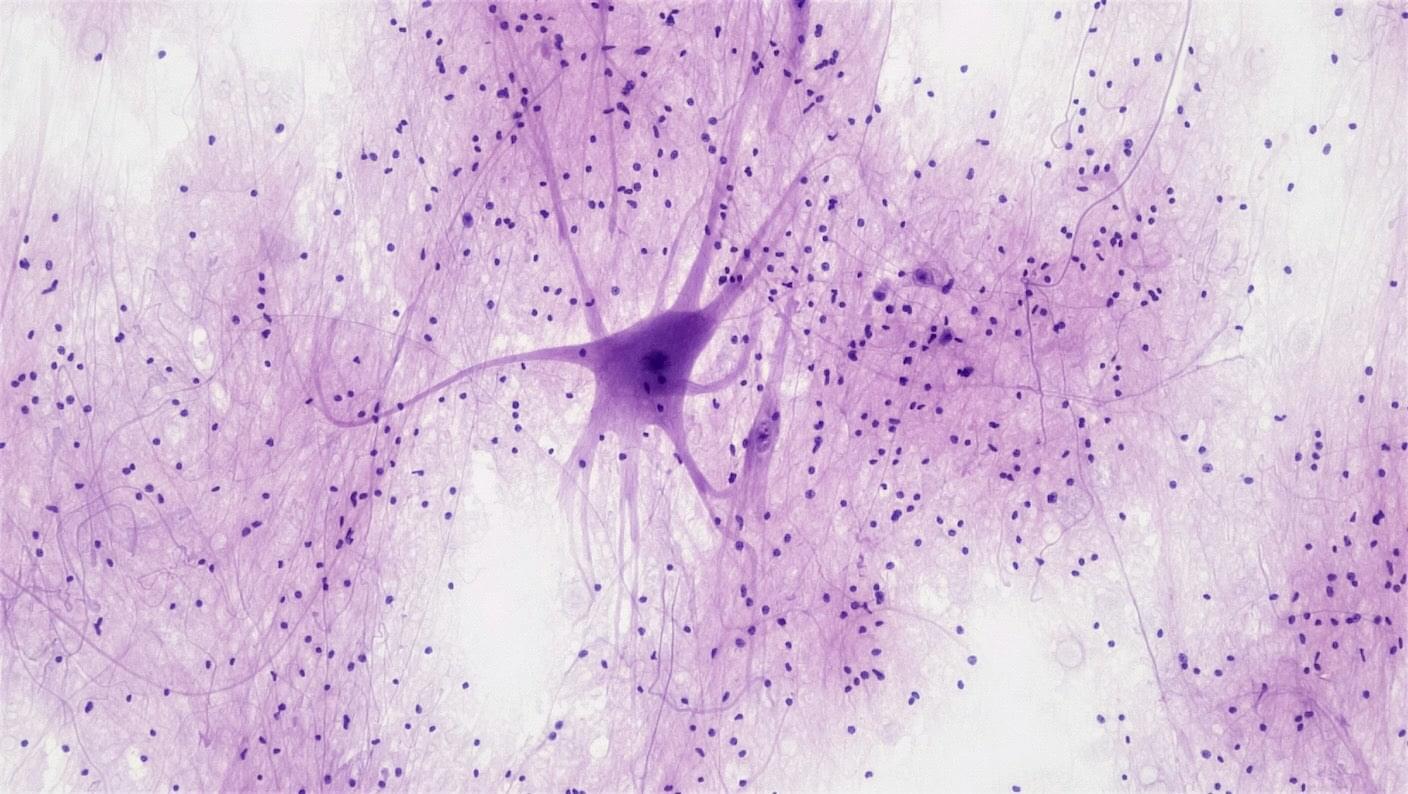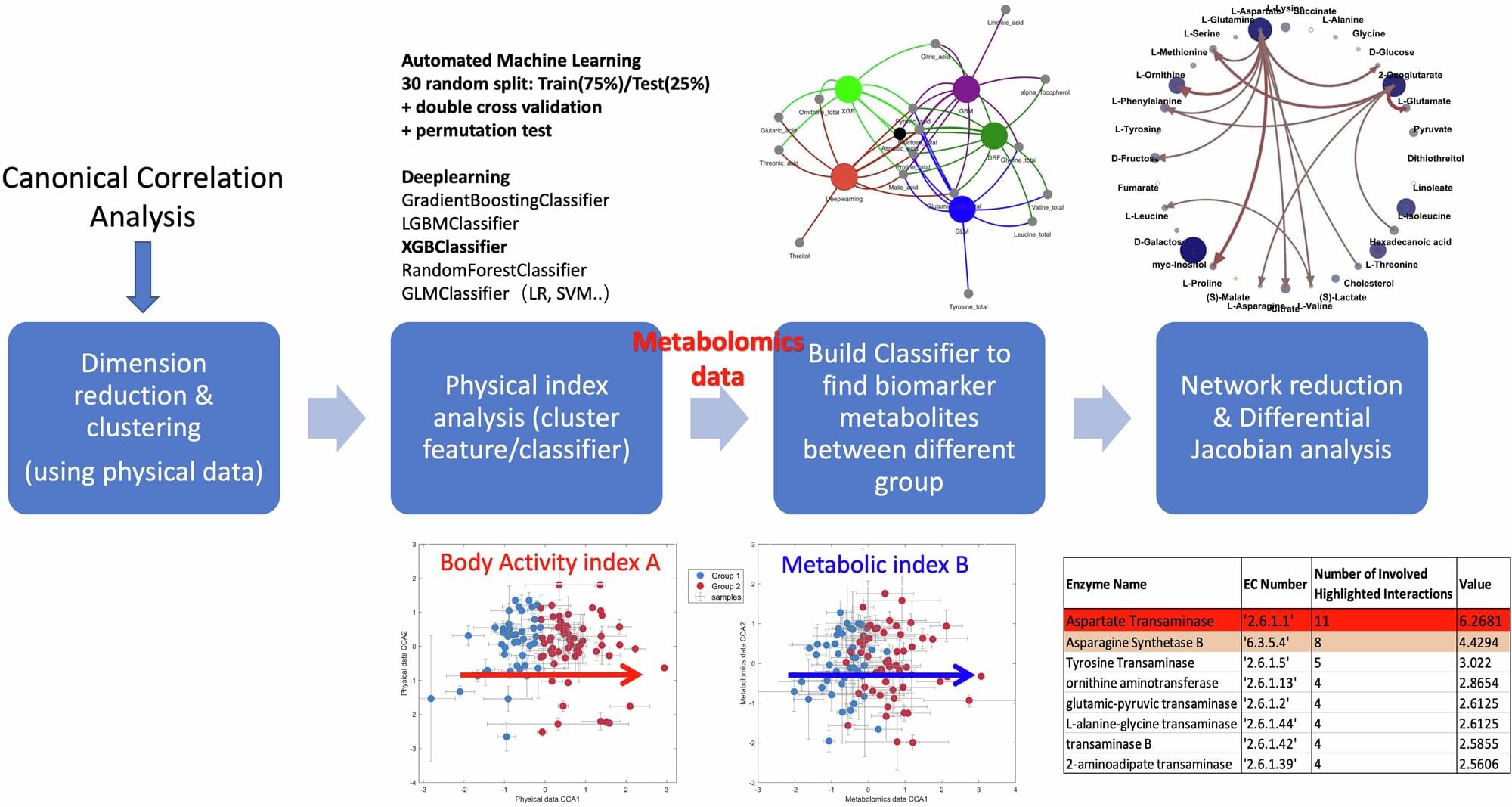Engineering and health researchers at the University of Waterloo have developed a radar and artificial intelligence (AI) system that can monitor multiple people walking in busy hospitals and long-term care facilities to identify possible health issues.
The new technology—housed in a wall-mounted device about the size of a deck of cards—uses AI software and radar hardware to accurately measure how fast each person is walking. A paper on their work, “Non-contact, non-visual, multi-person hallway gait monitoring,” appears in Scientific Reports.
“Walking speed is often called a functional vital sign because even subtle declines can be an early warning of health problems,” said Dr. Hajar Abedi, a former postdoctoral researcher in electrical and computer engineering at Waterloo.
